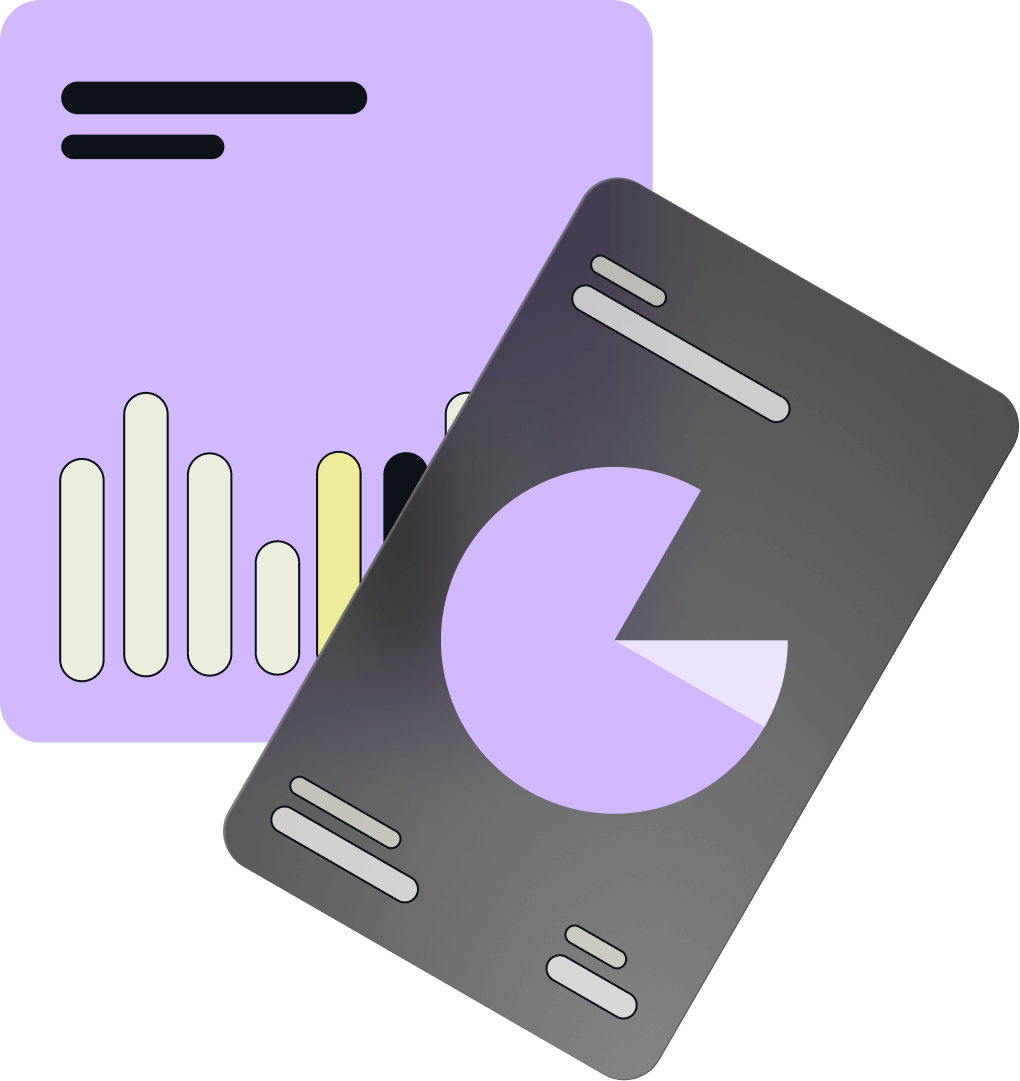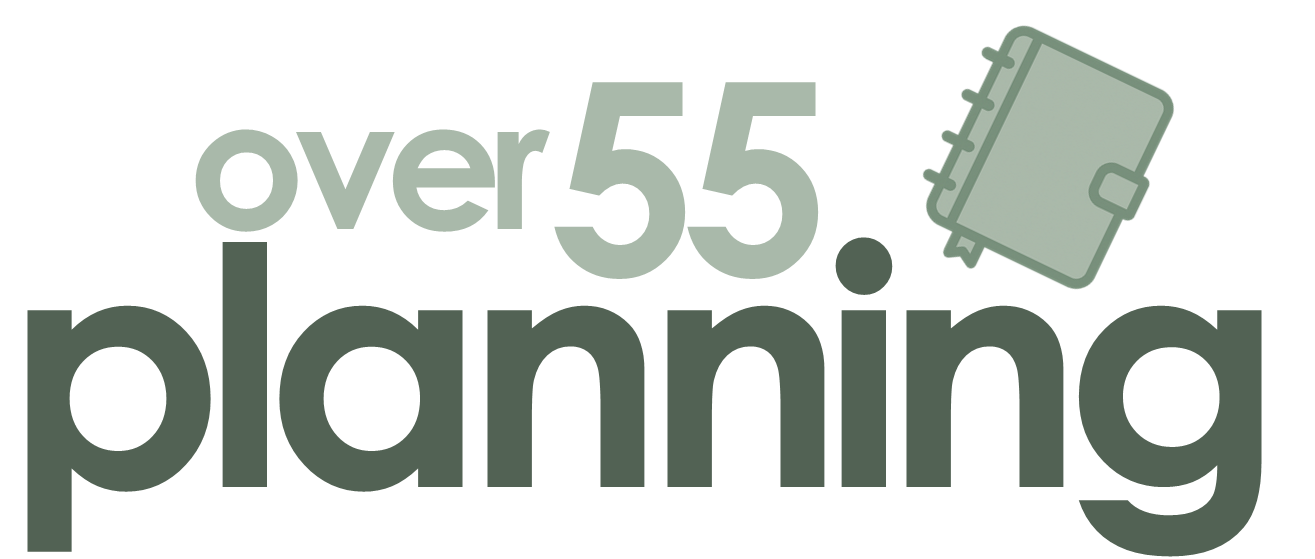Understanding Personal Pensions
What is a personal pension?
A personal pension is a private retirement savings plan that you arrange independently, rather than through an employer. It’s a type of defined contribution scheme.
The final value depends on several factors. These include how much you pay in, how long you contribute, how well your investments perform, and the charges taken by the provider.
How do they work?
Contributions are paid into the pension and invested in a range of funds, such as stocks, bonds, and cash. The aim is for the pension pot to grow over time through investment returns.
You do not receive a fixed income in retirement. Instead, you build up a pot of money that can be accessed from a specified age, giving you flexibility in how and when you draw income from it.
Unlike a defined benefit pension, which promises a guaranteed income based on salary and years of service, a personal pension places the investment and income risk with the individual.

When can you access your pension?
You can normally begin accessing a personal pension at age 55.
However, this access age will increase to 57 from 6 April 2028. This change applies to anyone born after 5 April 1971. The increase reflects the government’s policy of linking the pension access age to 10 years below the State Pension age, which is also gradually rising.
This minimum age applies to all forms of defined contribution pensions, including personal pensions and workplace pensions not covered by earlier protected schemes. There are limited exceptions for individuals with protected retirement ages or serious ill health.

Who can open a personal pension?
Any UK resident under 75 can open a personal pension. You don’t need to be earning, but non-earners are limited to £2,880 in contributions per tax year (£3,600 with tax relief).
Personal pensions are commonly used by:
-
Self-employed people with no workplace scheme
-
Employees who want to save more than their workplace pension allows
-
Individuals who want more control over investments
-
People with irregular or flexible income
You can use a personal pension as your main retirement fund or alongside other pensions. It’s also possible to hold more than one or combine them through transfers.
Standard personal pensions
Standard personal pensions are offered by providers such as insurers and investment platforms. You choose from a range of professionally managed funds, covering assets like equities, bonds, property, or mixed portfolios.
Most providers offer strategies based on risk level — such as cautious, balanced, or adventurous. Once you choose, the provider manages the investments on your behalf.
Typical charges include an annual management fee and, in some cases, a platform or admin fee. These costs reduce your returns, so it’s important to compare them.
Stakeholder pensions
Stakeholder pensions are a type of personal pension designed to meet specific government-defined standards to ensure simplicity, transparency, and affordability.
They must meet the following conditions:
- Annual charges are capped at 1.5% for the first 10 years, and 1% thereafter
- Minimum contributions can be as low as £20
- There must be a default investment fund for those who do not choose their own
These features make stakeholder pensions particularly accessible for lower earners, people with small pots, or those starting pension saving later in life. However, investment options are often more limited compared to other types of personal pension.
Self-invested personal pensions (SIPPs)
SIPPs are a more advanced type of personal pension that gives individuals full control over their investment choices. Unlike standard or stakeholder pensions, which offer a pre-selected menu of funds, SIPPs allow investment in:
- Individual UK and overseas shares
- Government and corporate bonds
- Commercial property
- Investment trusts
- Exchange-traded funds (ETFs)
- Unit trusts and open-ended investment companies (OEICs)
This flexibility makes SIPPs attractive to experienced investors or those working with a financial adviser. However, with this flexibility comes greater complexity and higher costs. SIPPs often involve:
- Platform fees for using the investment platform
- Dealing charges for buying and selling assets
- Custody fees for holding certain types of investments
- Additional fees for specialist services (e.g. property management)
SIPPs are unsuitable for individuals without investment knowledge or a clear strategy, as poor decisions can significantly impact retirement income.
Tax relief on contributions
Pension contributions are incentivised through tax relief. This means some of the money that would have gone to HMRC instead goes into your pension.
For most personal pensions using the ‘relief at source’ system:
- You contribute £80
- The provider adds £20
- The total invested is £100
This applies automatically for basic rate taxpayers. If you pay higher or additional rate tax, you can reclaim an extra 20% or 25% through your Self Assessment tax return.
Tax relief is limited to your annual earnings, or £3,600 gross if you have no income. Contributions above this limit do not receive relief and may attract tax charges

Annual allowance and tapering rules
The annual allowance is the maximum amount you can contribute across all pensions each tax year and still receive tax relief. For the 2024/25 tax year, this limit is £60,000.
For high earners, the annual allowance may be reduced under tapering rules:
- If your threshold income (total income excluding pension contributions) is over £200,000, and
- Your adjusted income (including pension contributions) exceeds £260,000,
Then your annual allowance reduces by £1 for every £2 of excess adjusted income. The minimum annual allowance is £10,000.
Unused annual allowance from the previous three tax years can be carried forward, provided you were a member of a UK-registered pension scheme during those years.
Lifetime allowance and lump sum limits
The lifetime allowance (LTA) was abolished in April 2024. It no longer limits the total value of pension savings. However, limits still apply to the amount you can take tax-free:
- The Lump Sum Allowance (LSA) caps tax-free lump sums at £268,275
- The Lump Sum and Death Benefit Allowance (LSDBA) applies to tax-free lump sums paid on death, up to £1,073,100
Amounts above these thresholds may be taxed when withdrawn. The abolition of the LTA does not mean unlimited tax-free withdrawals.
Investment choices and associated risks
Personal pensions invest across a range of asset classes, each with a different balance of risk and return:
- Equities offer growth potential but are volatile
- Bonds are more stable but offer lower returns
- Property may provide income and growth but is illiquid
- Cash preserves capital but offers minimal return
A balanced portfolio typically combines these assets to manage risk. As retirement approaches, it may be appropriate to shift towards lower-risk investments to protect capital.
Most standard and stakeholder pensions automatically reduce risk as retirement nears, often by moving funds into lower-risk assets in a process called “lifestyling.” SIPPs require manual management or adviser oversight to maintain a suitable risk profile over time.
Other benefits
Your State Pension may affect benefits such as Pension Credit, housing benefit, or council tax support. These are means-tested, so your State Pension counts as income and may reduce what you receive.
You can claim the State Pension alongside personal or workplace pensions. But the combined income could reduce your entitlement to income-related benefits. Make sure any changes are reported so that your benefit amounts stay accurate.
Accessing your pension from age 55
From age 55 (57 from 2028 for those born after 5 April 1971), you can access your pension in several ways. The most common is to take a Pension Commencement Lump Sum (PCLS), which allows you to withdraw up to 25% of your pension tax-free.
The remaining 75% is taxable as income. This income is added to your total income for the tax year and may move you into a higher tax bracket if taken in large amounts.
Early access reduces the value of your future pension income. Withdrawing too much too soon can result in running out of funds later in retirement.
Annuities
An annuity is a product that provides a regular income for life or a set period in exchange for your pension pot. Once purchased, the annuity income is fixed based on:
- Your age at purchase
- Your health and lifestyle (e.g. smokers may get higher rates)
- Market interest rates
- Whether you choose features such as spouse protection or inflation increases
Annuities provide income certainty but typically offer lower flexibility. Most do not offer refund on death unless a guaranteed period or joint-life option is selected.
Enhanced annuities are available for individuals with medical conditions or shortened life expectancy, and may offer significantly higher income.
Flexi-access drawdown
Flexi-access drawdown allows you to keep your pension invested and withdraw funds as needed. This gives you control over how much you take and when, with the possibility of continued investment growth.
There are key risks:
- Investment losses could reduce your pot’s value
- Poor withdrawal planning could exhaust the pot too early
- Income is not guaranteed and must be reviewed regularly
Drawdown suits those who want flexibility and are comfortable managing investments or using an adviser. Remaining funds can usually be passed on to beneficiaries, often with favourable tax treatment.
Lump sum withdrawals (UFPLS)
Uncrystallised Funds Pension Lump Sums (UFPLS) allow you to take lump sums directly from your pension without entering drawdown. Each withdrawal is split:
- 25% tax-free
- 75% taxable as income
UFPLS is often used to access pension savings in stages, particularly when income needs vary or tax planning is a priority. There are limits if the pension is partially crystallised or if earlier withdrawals have triggered the Money Purchase Annual Allowance (MPAA), which reduces future contribution limits to £10,000.
Personal pensions compared to workplace pensions
While both are defined contribution schemes, the key difference is who sets them up:
- Workplace pensions are arranged by employers and usually include employer contributions
- Personal pensions are arranged by individuals and rely solely on personal contributions (unless someone else contributes on their behalf)
Many people use both. A personal pension can be used to top up savings from a workplace scheme, gain more investment control, or save during periods without employment.
Charges and flexibility
All personal pensions carry charges, which can include:
- Annual management charges for each fund
- Platform fees for the pension provider
- Adviser or setup fees
- Trading and dealing charges (mainly in SIPPs)
Charges reduce investment returns, so comparing providers is essential. Even small differences in annual fees can significantly affect the final pension pot over time.
Personal pensions are also flexible. You can increase, decrease, pause, or stop contributions at any time. Most providers allow online access to monitor and change investments or contributions as your needs evolve.
Frequently asked questions
Can I open a personal pension if I’m not working?
Yes. You can contribute up to £2,880 per year (£3,600 after tax relief) if you have no earnings. This applies to non-working spouses, carers, or anyone not currently in employment.
What happens to my pension if I die before retirement?
If you die before age 75, your pension can usually be passed on tax-free, whether as a lump sum or income. If you die after 75, beneficiaries will pay income tax at their own rate. Nomination of beneficiaries is important to ensure your wishes are followed.
Can I transfer my personal pension to another provider?
Yes. You can transfer your pension at any time, subject to provider rules and exit fees. Transfers can help consolidate pensions, reduce charges, or access better investment options. However, transferring can result in the loss of guarantees or tax protections.
Does withdrawing money affect my tax code?
Yes. Pension withdrawals count as income and may trigger an emergency tax code initially. You can reclaim any overpaid tax through HMRC, but it may affect your current year’s tax band.
